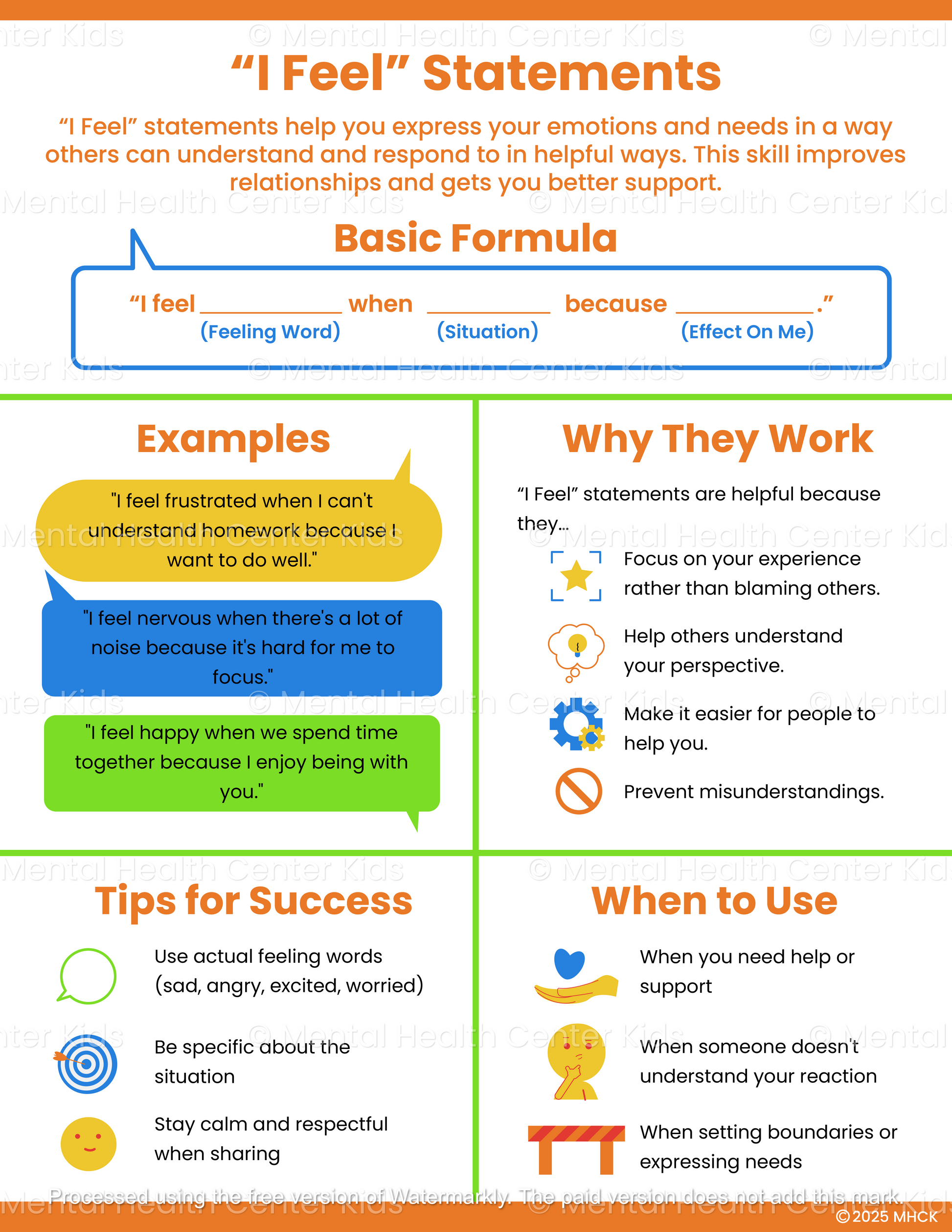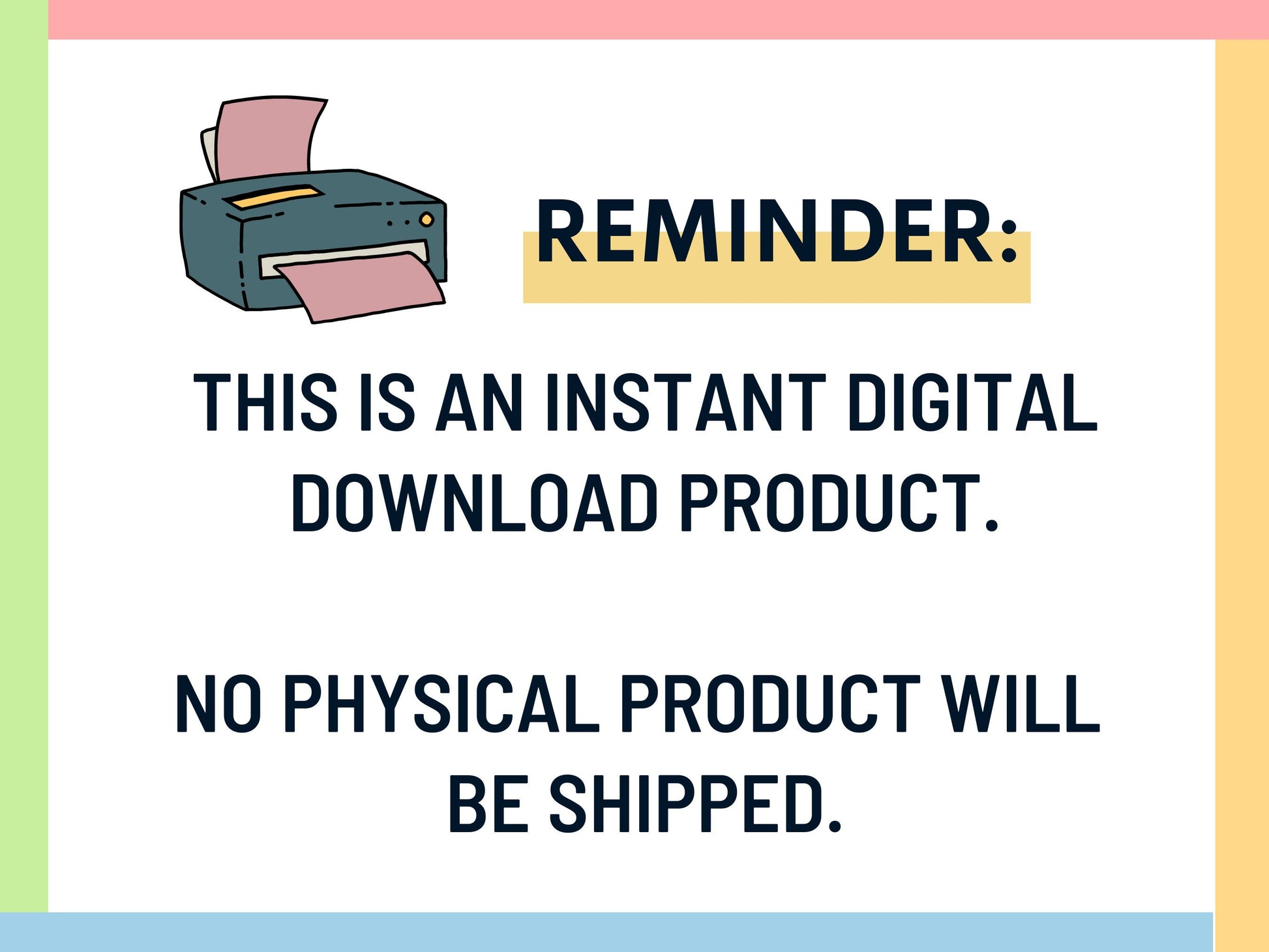"I Feel" Statements (PDF)
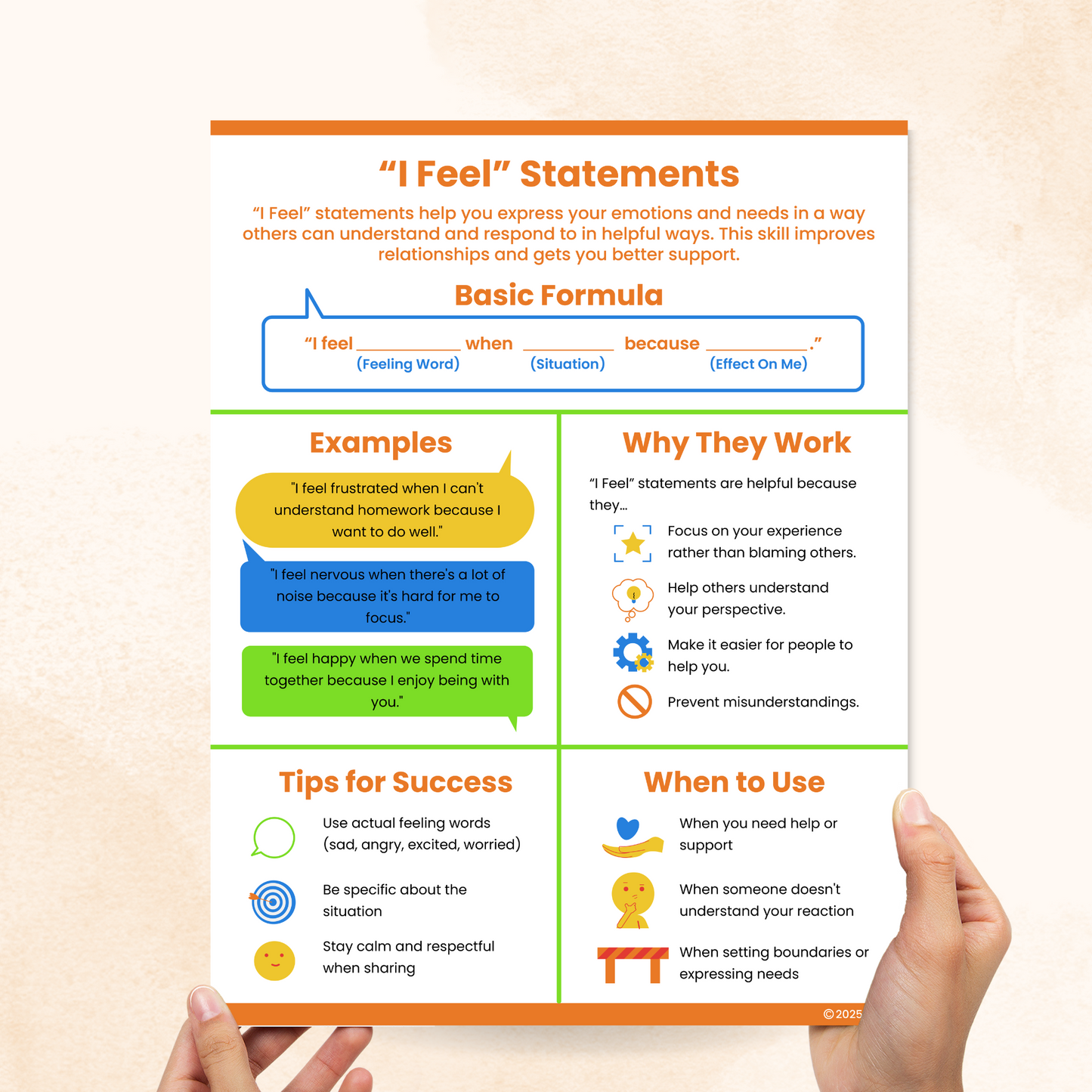
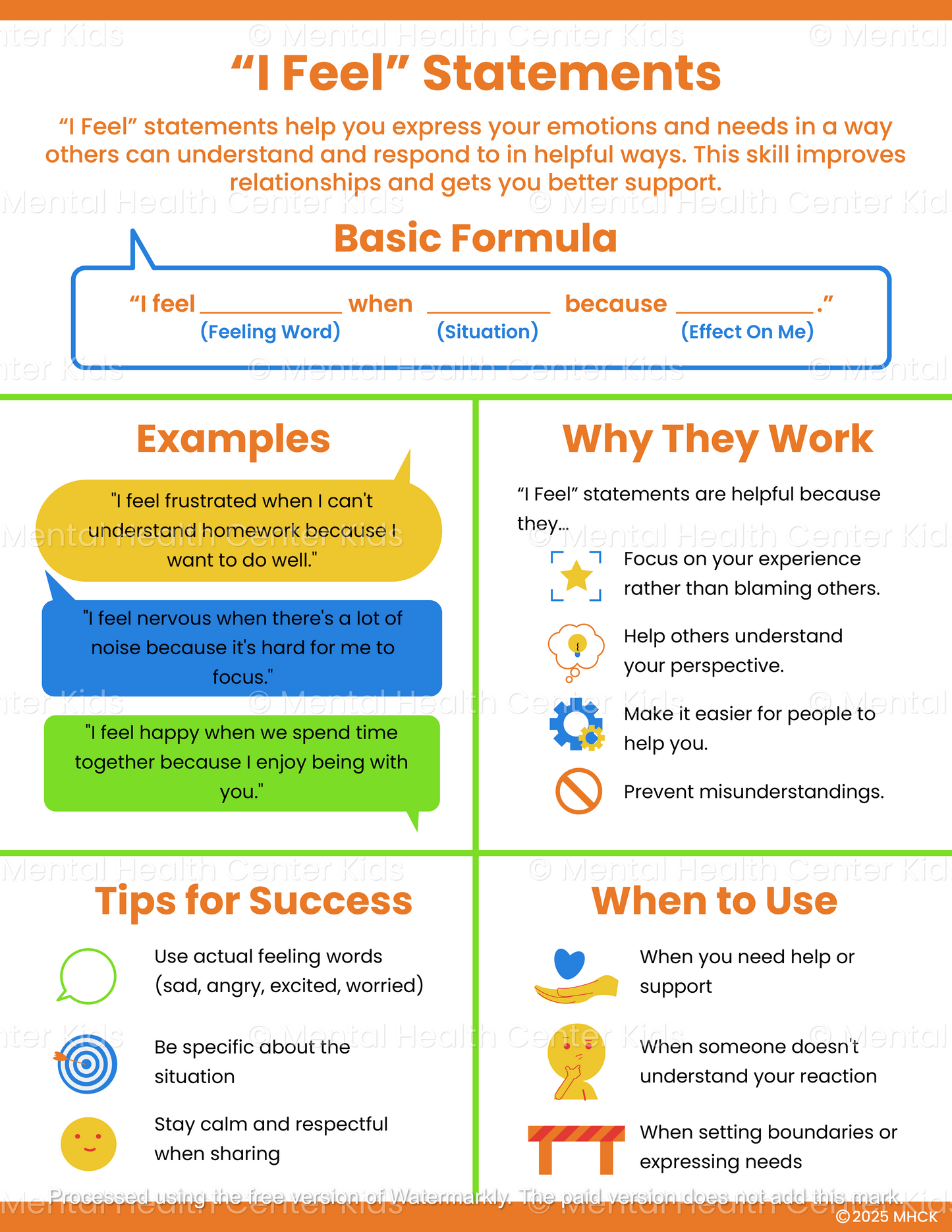
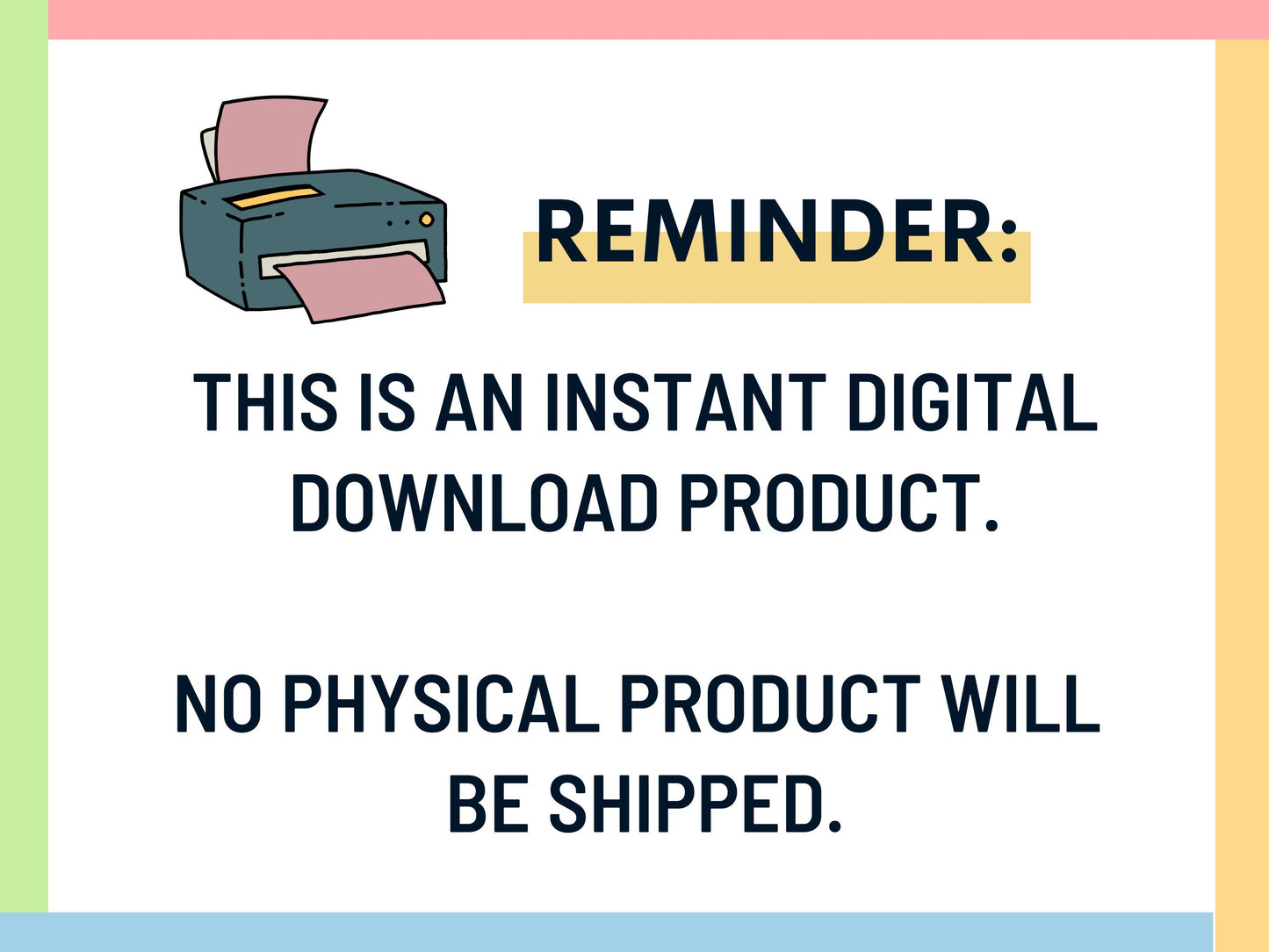
People often focus on others’ actions instead of expressing their feelings. This makes it harder for others to listen and increases the likelihood of an argument. Studies and school-based programs have shown that using an approach called “I feel” statements can make difficult conversations more manageable.
The “I Feel” Statements handout guides clients in using this type of positive communication. It teaches a basic formula that begins with “I feel,” followed by naming the emotion, describing the situation, and sharing how it affected them. It also includes examples, quick facts on why this works, tips for using it successfully, and when to try it out.
Speaking this way helps lower defensiveness and creates space for better understanding. After reading the handout, kids and teens can try using just one “I feel” sentence the next time they want to express their thoughts calmly, whether in a disagreement or simply to communicate a need.
As a challenge, they can pick a moment today, big or small, and replace a usual complaint with an “I feel” phrase. They might be surprised by how much more open and understanding others become.
*This item is an instant digital download. A link to download your files will be emailed to you once payment is confirmed.
Want more resources like this? Check out our full catalog of coping skills worksheets and handouts.
References:
- Bippus, A. M., & Young, S. L. (2005). Owning your emotions: Reactions to expressions of self- versus other-attributed positive and negative emotions. Journal of Applied Communication Research, 33(1), 26-45. https://doi.org/10.1080/0090988042000318503
- Bruneau, E. G., & Saxe, R. (2012). The power of being heard: The benefits of ‘perspective-giving’ in the context of intergroup conflict. Journal of Experimental Social Psychology, 48(4), 855-866. https://doi.org/10.1016/j.jesp.2012.02.017
- Rogers, S. L., Howieson, J., & Neame, C. (2018). I understand you feel that way, but I feel this way: The benefits of I-language and communicating perspective during conflict. PeerJ, 6, e4831. https://doi.org/10.7717/peerj.4831
- Instant digital download
- File: PDF
- Size: 8.5" x 11"



